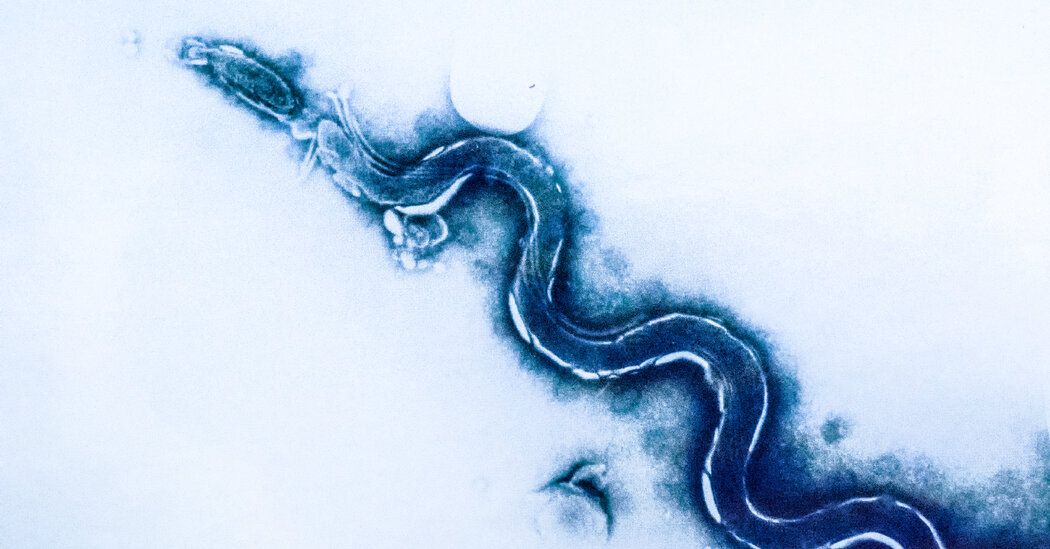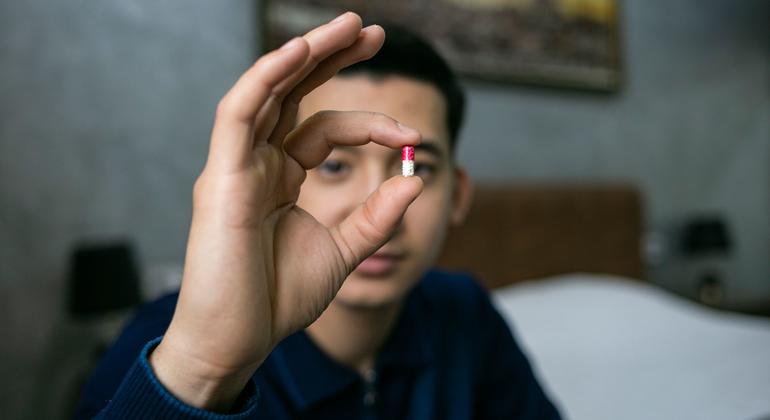Syphilis, once nearly eliminated in the United States, continues to reemerge, reaching the highest rate of new infections recorded since 1950, the Centers for Disease Control and Prevention said Tuesday.
In 2022, the last year for which data is available, more than 207,000 cases were diagnosed. That represents an 80 percent increase from 2018 and 17 percent from the previous year, according to a new CDC report.
Rates skyrocketed in all age groups, including newborns. In November, the CDC said more than 3,700 cases of congenital syphilis will be reported in 2022, about 11 times the number recorded a decade ago. The disease caused 231 fetal deaths and 51 infant deaths in 2022.
Experts point to a number of reasons for the continued rise in syphilis and other STIs.
Substance use, which is linked to risky sexual behavior, has increased. With better HIV prevention and treatment, condom use has fallen out of fashion: It fell by about 8 percentage points between 2011 and 2021 among high school students, for example.
And, more importantly, there are far fewer sexual health clinics, along with the disease intervention specialists and nurses who staff them.
Syphilis has increased even in countries with national healthcare, because “sexual health services remain inadequate relative to need almost everywhere,” said Dr. Jay Varma, chief medical officer at Siga Technologies and former deputy commissioner of New York Health. City.
“But it's a problem particularly here in the United States,” Dr. Varma said.
“When you omit one case, you end up with two more cases, and if you omit two cases, you end up with four,” he added. “This is how epidemics grow.”
With more than 84 cases per 100,000 residents, South Dakota had the highest rate of syphilis infections, more than double that of New Mexico, the next highest incidence state. (Arkansas, Oklahoma and Mississippi rounded out the top five.)
Black Americans accounted for about 30 percent of primary and secondary syphilis cases. But at 67 cases per 100,000 people, American Indians/Alaska Natives had the highest rates.
“The syphilis epidemic affects nearly all communities, but some racial and ethnic groups are hardest hit due to long-standing social inequalities,” said Dr. Jonathan Mermin, director of the National Center for HIV, Hepatitis and Hepatitis Prevention. Viral, STDs and Tuberculosis from the CDC.
If left untreated, syphilis can damage the heart and brain and cause blindness, deafness, and paralysis. Infection during pregnancy can cause miscarriage and stillbirth, and babies who survive may become blind or deaf, or suffer severe developmental delays.
Chlamydia is by far the most common sexually transmitted infection, with nearly 1.7 million cases. Reported diagnoses decreased dramatically in 2020 and began to recover in 2021; the rate in 2022 remained stable.
Gonorrhea had been rising steadily after a record low in 2009, but appeared to decline in 2022, falling to around 648,000 cases from more than 700,000 the previous year. Rates decreased by race, sex and age, but the decline was steepest among women ages 20 to 24.
But without confirmation that those trends are real, “we shouldn't be celebrating,” said Dr. Ina Park, an STI expert at the University of California, San Francisco.
“Those two diseases are usually asymptomatic,” Dr. Park said. “If we are seeing declines in young women, it could simply be because they are not being screened.”
The Biden administration has taken several steps in an effort to curb STIs. Last summer, the Department of Health and Human Services created a national syphilis task force, focusing on the 14 jurisdictions with the highest rates, according to Adm. Rachel Levine. , deputy secretary of the department.
The CDC proposed prescribing doxycycline, a widely used antibiotic, to gay men, bisexual men, and transgender women who have had unprotected sexual encounters. The Food and Drug Administration has temporarily allowed the importation of an alternative to the syphilis treatment Bicillin LA, which has been in short supply in the United States.
The FDA also authorized the first home specimen collection kit for chlamydia and gonorrhea. And the CDC is helping to develop a simple syphilis test that can be used in clinics within the next two years, Dr. Mermin said.
About 86 percent of syphilis cases were diagnosed outside sexual health clinics in 2022, Dr. Mermin said. This suggests that controlling the epidemic will require primary care physicians, emergency departments, community health centers, and correctional and drug treatment programs to detect the infection.
“Wanting a lot will not prevent sexually transmitted infections,” Dr. Mermin said. “We need sustained public health efforts.”












